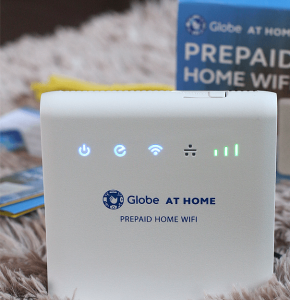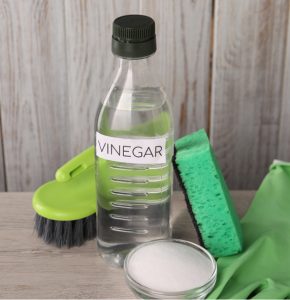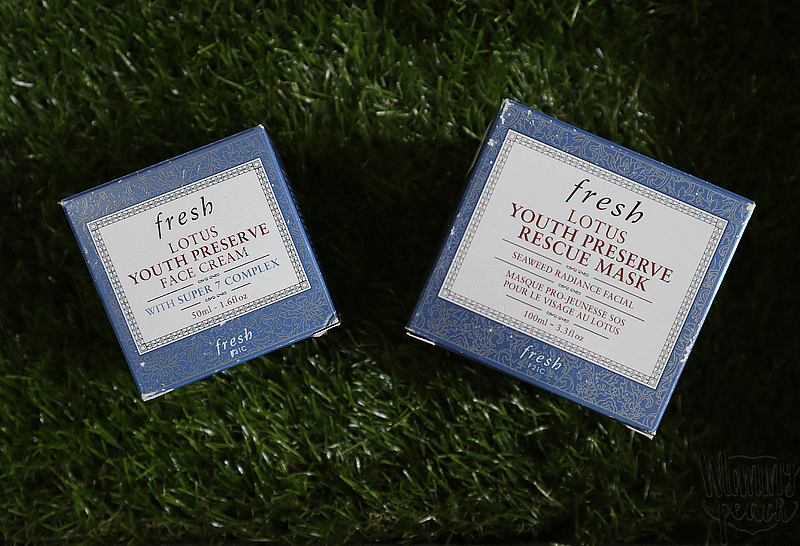Mice multiply quickly and can cause serious problems if allowed to stay. They often chew through electrical wires creating a fire hazard, and can spoil food by gnawing on containers.
Preventing mice from entering your home requires finding and sealing entry points. Additionally, consider utilizing mice removal services. To effectively seal entry points, thoroughly inspect the backs of cupboards, drawers, attics, crawl spaces, and boxes.
Seal Up Entry Points
Mice often enter our homes seeking warmth, food, and shelter. Their presence can result in significant damage, such as chewing on wires and books, contaminating stored food by leaving gnaw marks, and spreading diseases through urine and feces.
Many methods that keep cockroaches at bay, like tightening gaps and cleaning up clutter, will also deter mice. Make sure trash cans are tightly closed, and empty them regularly. Check the backs of cupboards and pantries for gnaw marks and the space between walls and around baseboards, plumbing, and electrical work.
You can seal narrow gaps with silicone caulk or pack steel wool into them, which is too unpleasant for mice to chew through and will create a natural barrier. The same strategy can be used in attics and crawl spaces, or try a foam insulation pest blocker. The scent of peppermint and clove oil is also said to repel mice, so saturate cotton balls with these essential oils and place them in areas known to attract them.
Set Traps
Once mice enter your home, they seek out food and shelter and can cause damage and spoilage by gnawing on wires, books, and food packaging. Look for chew marks on walls and baseboards, greasy smudges along floors, gnawed holes in food containers and boxes, a musky or urine odor, and droppings.
Mice can squeeze into spaces as small as a dime, so it’s best to take preventive measures rather than reactively deal with an infestation once it occurs. Make a point to vacuum and sweep often, wipe down counters daily, and store food in airtight glass containers. Keep garbage in a closed can indoors and outdoors, and trim back shrubbery and trees to eliminate hiding places for mice.
If you have already found evidence of a mouse in your home, place baited traps where you see rodent droppings or “rubbings” on the baseboards and walls. Please change the location of traps every two days to prevent mice from becoming accustomed to them.
Apply Pesticides
While preventing mice from entering your home or business is preferable, measures can still be taken if this is not possible. The best option is to employ a pest control professional. These professionals have spent years learning about the habits of mice and how to get rid of them.
Besides sealing up cracks, they also know where to look and what to do when finding evidence of mice in your home. This can include finding urine-stained trails and areas with heavy concentrations of droppings, noticing gnawed food packaging and boxes, squeaking or scurrying noises, and the musky smell of mouse urine and feces.
Other preventive measures can include using a trash can that is mouse-proof, as well as cleaning frequently both inside and out to remove rodent-attracting smells. Some people claim that the strong scents of peppermint and clove oil can also repel mice; try soaking cotton balls with these oils and placing them in areas frequented by mice, like drawers and cabinets.
Remove Nests
Mice reproduce quickly and adapt to new environments, so getting rid of mice in homes can be difficult. However, with time and proper pest control services, homeowners can eliminate rodents and keep them from returning.

To prevent mice from entering a home, cut grass and weeds short and remove piles of wood and debris that serve as hiding places. Keep trashcans sealed and dispose of food scraps regularly, and store pet food, bird seed, and other items in secure containers to reduce crumbs inside the house.
Look for rodent activity inside the house, including gnaw marks on wires, books, storage bags, and food packages. Listen for squeaks and scratching at night, too. Mice are nocturnal, so they can often be heard before they’re seen. Remove harborage areas indoors, paying special attention to dark, secluded areas like the corners beneath shelves and the area behind cabinets. Also, remove discarded clothing fabric, rugs, and blankets that mice use to build nests.













One Response
I need right now mAmsh, ang daming bulilit dito grabe hays minsan nghahabulan pa kmi sa gabi, one night nga yung asawa ko my nkita daw na isa hinabol nia at hinuli nako nako
Mag aaply talaga ko pesticides ma